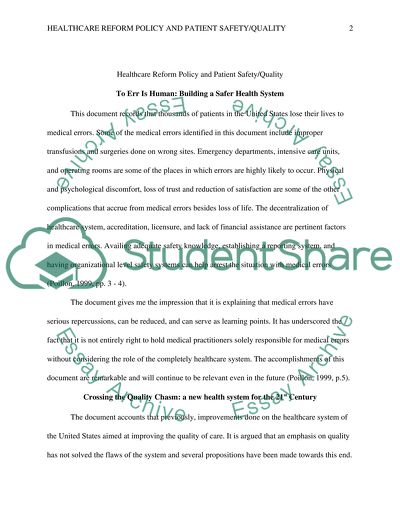Cite this document
(“Healthcare Reform Policy and Patient Safety/Quality Research Paper”, n.d.)
Retrieved from https://studentshare.org/nursing/1656507-healthcare-reform-policy-and-patient-safetyquality
Retrieved from https://studentshare.org/nursing/1656507-healthcare-reform-policy-and-patient-safetyquality
(Healthcare Reform Policy and Patient Safety/Quality Research Paper)
https://studentshare.org/nursing/1656507-healthcare-reform-policy-and-patient-safetyquality.
https://studentshare.org/nursing/1656507-healthcare-reform-policy-and-patient-safetyquality.
“Healthcare Reform Policy and Patient Safety/Quality Research Paper”, n.d. https://studentshare.org/nursing/1656507-healthcare-reform-policy-and-patient-safetyquality.


